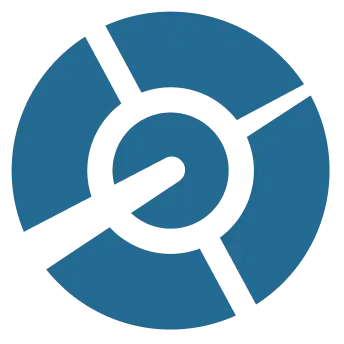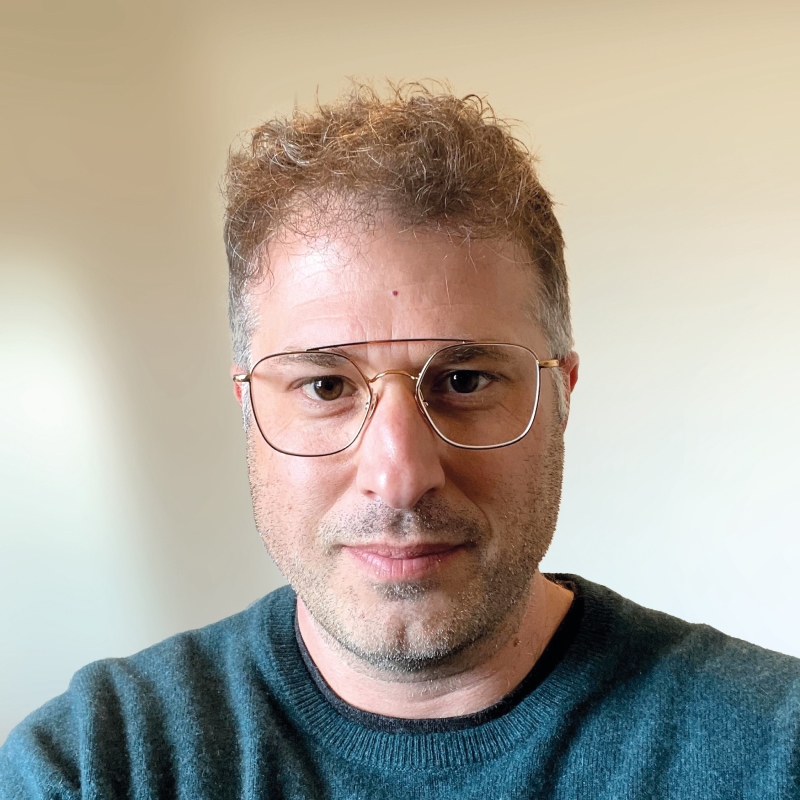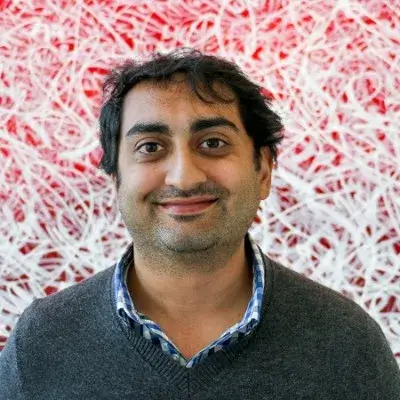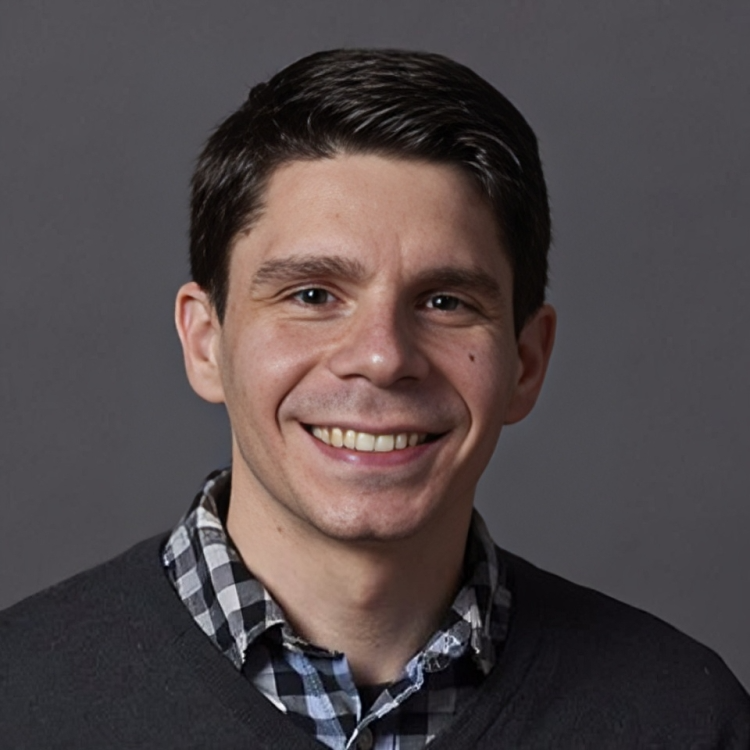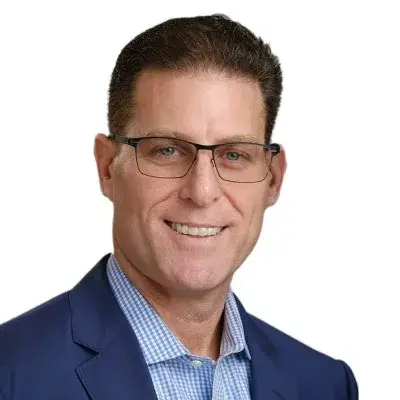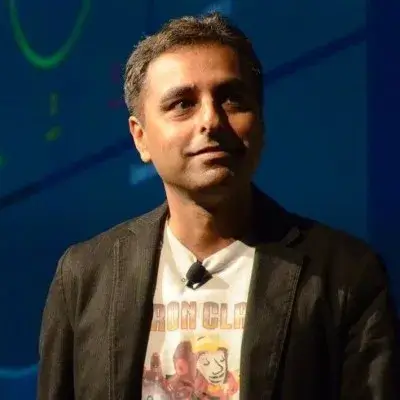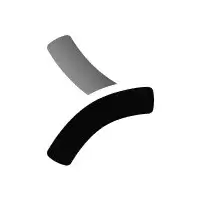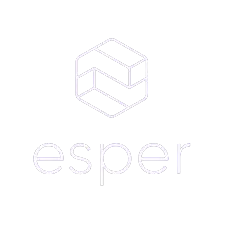Ready to launch your own podcast? Book a strategy call.
Frontlines.io | Where B2B Founders Talk GTM.
Strategic Communications Advisory For Visionary Founders
Conversation
Highlights
The Untold Story Behind Hardware’s Coming Renaissance: How Cultural Shifts Are Finally Modernizing Product Development
For two decades, the hardware industry remained frozen in time while software development experienced explosive innovation. In a recent episode of Category Visionaries, Michael Corr from Duro shared a fascinating perspective on why hardware development is finally having its moment – and it’s not just about technology.
The story begins with what Michael calls “the software agile renaissance movement” of the mid-2000s. While working as an electrical engineer in the Bay Area, he watched with “extreme jealousy” as software teams rapidly evolved their development practices while hardware remained stagnant. This stark contrast sparked a vision that would later become Duro.
“In the ’90s, there was probably about equal distribution of innovation and interest by young engineers in the software and hardware industries,” Michael explains. “But I credit the dot-com really to pulling have a higher gravitational pull towards software development.” This gravitational pull created a 15-year vacuum where fewer young engineers entered hardware fields, leaving the industry to operate on legacy systems and processes.
But rather than just a lack of new talent, the real challenge was cultural. Hardware development remained siloed between different teams – electrical engineering, mechanical engineering, operations, procurement, manufacturing, and logistics – often spread across different companies and continents. The software tools reflected and reinforced these silos.
“None of them were ever designed to be interoperable,” Michael notes. “They were always designed to be individually operated and manually managed to move the data from one system to the other.” This fragmentation led to an entire secondary workforce just to manage data transfer between teams.
The turning point came about five years ago when companies began recognizing the value of integrated hardware-software solutions. But the real catalyst was an unexpected source: software companies entering the hardware space.
“You’re seeing that culturally, some of the best hardware products are now being developed by software companies where not the Apples or the Samsung, but companies like Google and Facebook and Amazon,” Michael explains. These companies brought their agile mindsets and git-flow practices into hardware development.
This cultural shift created an opening for tools like Duro, but adoption wasn’t immediate. “I can’t tell you how many calls I had with prospective customers who were yelling at me that what we were providing was not a true PLM, because we didn’t have these buttons or these processes that they had been using for 30 years,” Michael recalls.
Rather than compromise their vision, Duro focused on teams going through new product introduction (NPI) – those trying to move fast and innovate. This strategy proved successful not just with startups but also with larger companies like Apple, Samsung, and Google who all go through NPI cycles.
The key insight driving Duro’s approach is that hardware innovation has been constrained not by technical limitations but by the high cost of failure. “In the software space, those similar kinds of feedback loops are possible, but the costs and times associated with are too high, that the cost to make a mistake is too prohibitive to take risks,” Michael explains.
Looking ahead, Michael envisions a future where hardware development becomes as streamlined as software development: “A software developer, even a mid-level developer, they can set up their entire tool chain in an hour… What I’m looking forward to is the day that you can do the same thing in the hardware space.”
This vision represents more than just faster development cycles – it’s about enabling a new generation of innovators to bring their ideas to life with less friction and risk. As these barriers continue to fall, we’re likely to see an explosion of hardware innovation that rivals the software boom of the past decades.
For hardware founders, the lesson is clear: the industry’s transformation isn’t just about adopting new tools – it’s about embracing new cultural practices that enable rapid iteration and innovation. The companies that understand and adapt to this shift will be best positioned to lead hardware’s renaissance.
Actionable
Takeaways
Embrace Cross-Disciplinary Expertise:
Michael's transition from physics to computer science and finally to electrical engineering showcases the value of cross-disciplinary expertise in innovation. For tech founders, embracing diverse educational backgrounds and experiences can fuel creativity and enable the development of groundbreaking solutions.
Identify and Address Industry Stagnation:
Just as Michael observed stagnation in the hardware industry and sought to introduce software's agile principles, founders should look for sectors exhibiting a lack of innovation. Identifying such gaps can reveal opportunities for disruptive startups.
Leverage Cultural Shifts in Technology:
The convergence of hardware and software, as seen in the IoT space, represents a significant cultural shift. Founders should stay attuned to these shifts, adapting their products and services to meet evolving market demands.
Focus on Data Management and Automation:
Dura Labs' success highlights the importance of efficient data management and automation in product development. Startups in the hardware space should prioritize tools and processes that streamline data handling to accelerate innovation and reduce time to market.
Balance Legacy Needs with Modern Innovation:
Successfully navigating the transition from traditional to modern methodologies is crucial. While innovating, consider the existing ecosystem and the needs of legacy users, gradually introducing them to new, more efficient workflows.
Build Trust and Expertise Within Your Market:
Dura Labs' growth was fueled by the team's deep industry knowledge and their commitment to solving real problems faced by hardware developers. Founders should strive to be seen as trusted experts in their field, offering solutions that are both innovative and deeply informed by industry-specific challenges.



















































